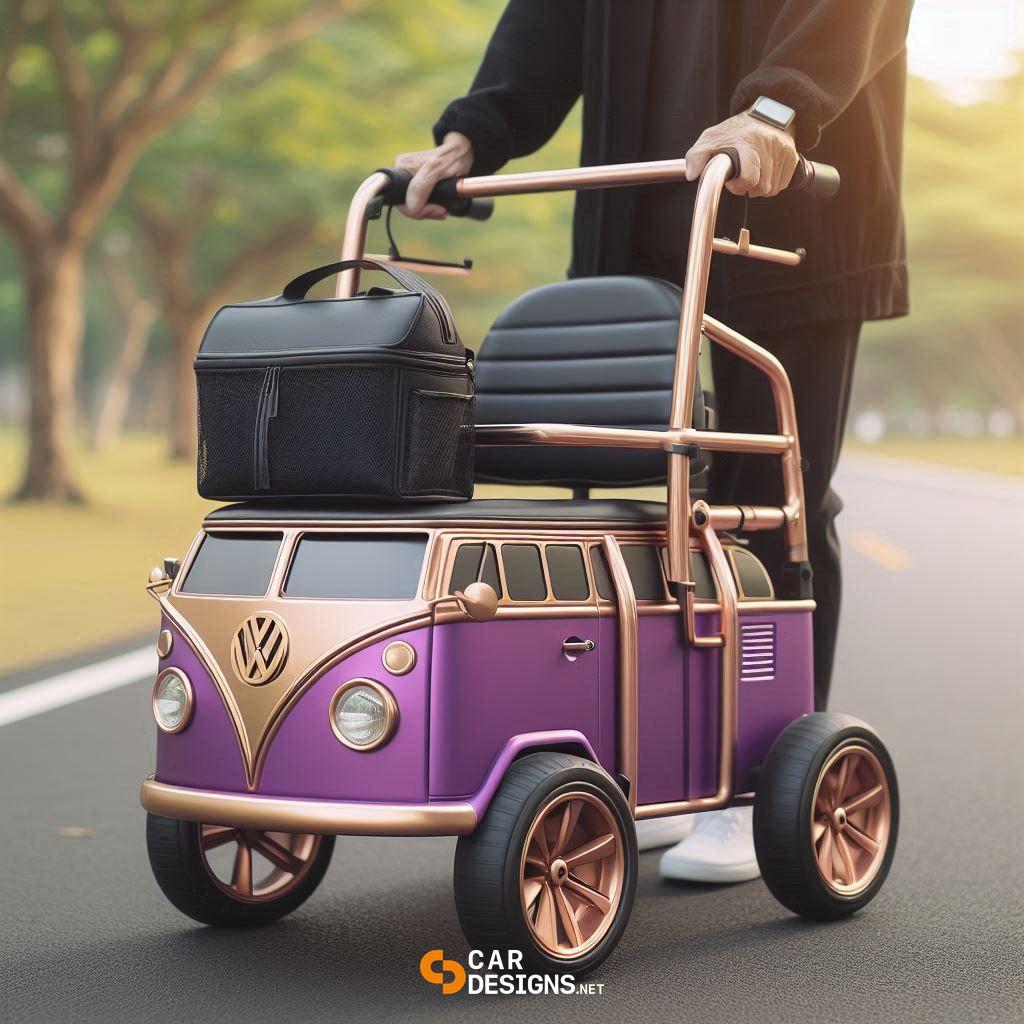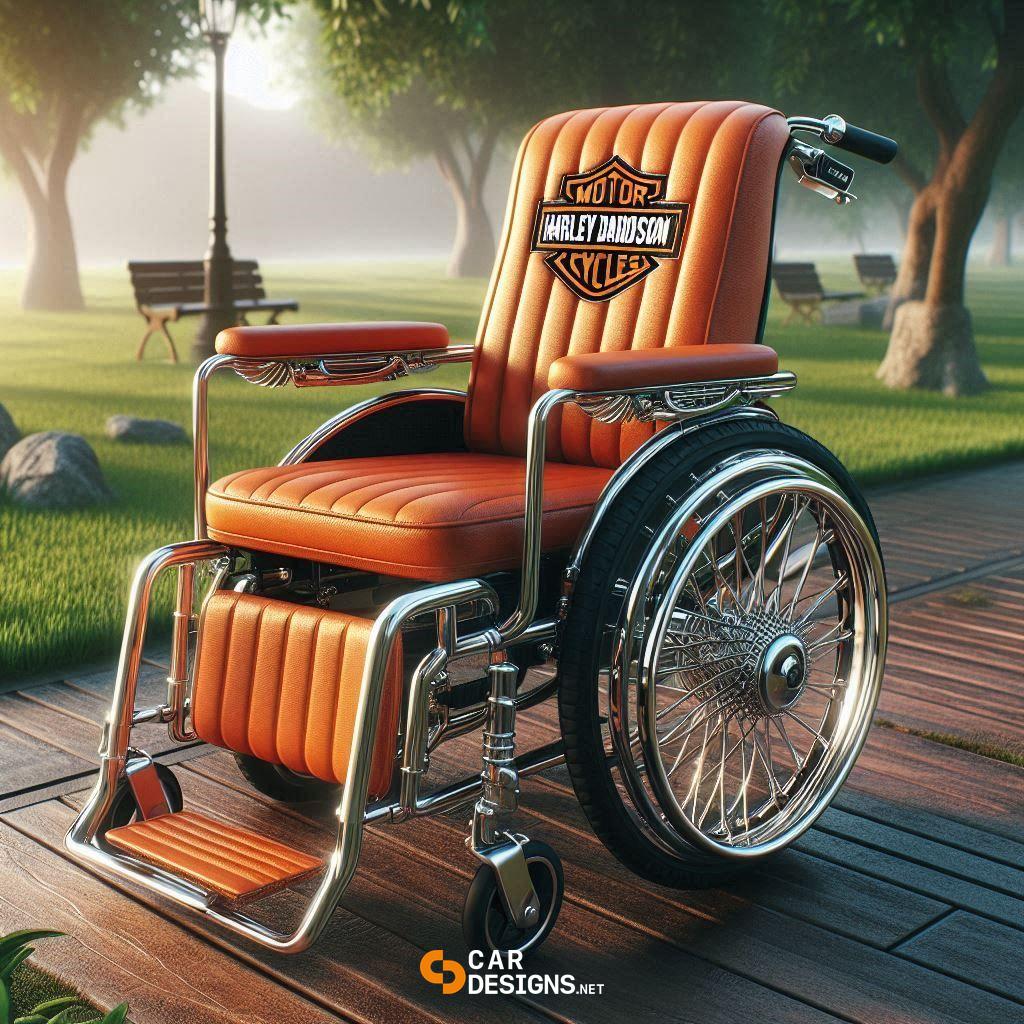The world of mobility aids has traditionally been defined by necessity rather than aesthetics. Wheelchairs, often perceived as medical devices, have been designed primarily for functionality, with little emphasis on design or user experience. However, a paradigm shift is underway, driven by a growing demand for mobility solutions that are both practical and stylish. At the forefront of this revolution, we find a new breed of wheelchairs inspired by the renowned German automotive brand, BMW.
BMW, known for its sleek lines, innovative engineering, and commitment to performance, has become a source of inspiration for designers pushing the boundaries of wheelchair innovation. These BMW-inspired wheelchairs are not just about getting around; they are about empowering individuals with a sense of freedom, confidence, and style. This blog delves into the transformative world of BMW-inspired wheelchairs, exploring their design philosophy, technological advancements, and the impact they have on the lives of wheelchair users.
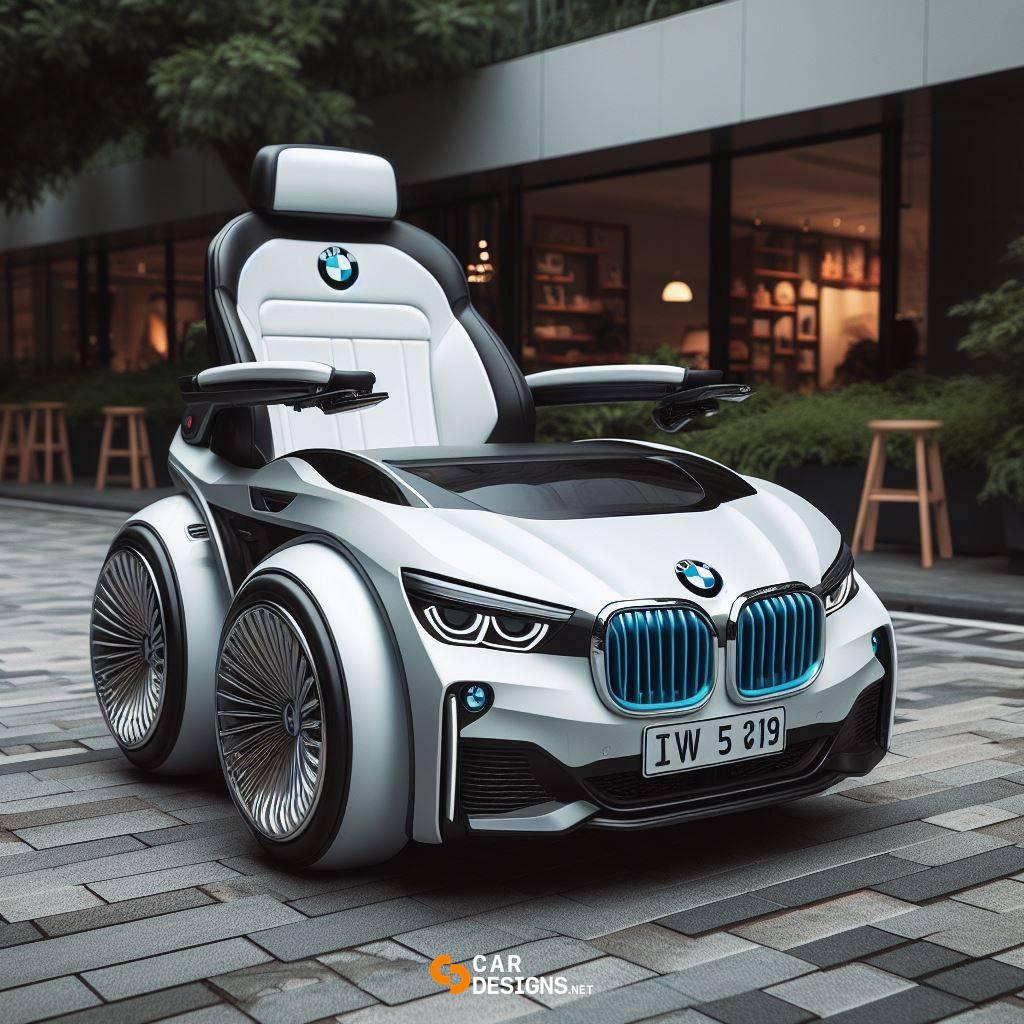
A Fusion of Functionality and Aesthetics
BMW’s iconic design ethos, characterized by clean lines, flowing curves, and meticulous attention to detail, has found its way into the world of wheelchair design. BMW-inspired wheelchairs embody this philosophy, seamlessly merging practicality with elegant aesthetics. The focus is on creating a wheelchair that is not only functional but also visually appealing and reflects the user’s personal style.

The Influence of BMW Design Principles
BMW’s design language, known for its emphasis on aerodynamics, lightweight construction, and intuitive ergonomics, has played a pivotal role in shaping these innovative wheelchairs. The sleek, streamlined profiles, reminiscent of BMW’s sports cars, reduce wind resistance and enhance maneuverability. Lightweight materials, such as carbon fiber and aluminum alloys, are employed to create durable yet lightweight frames, making it easier for users to propel themselves and navigate challenging terrains.
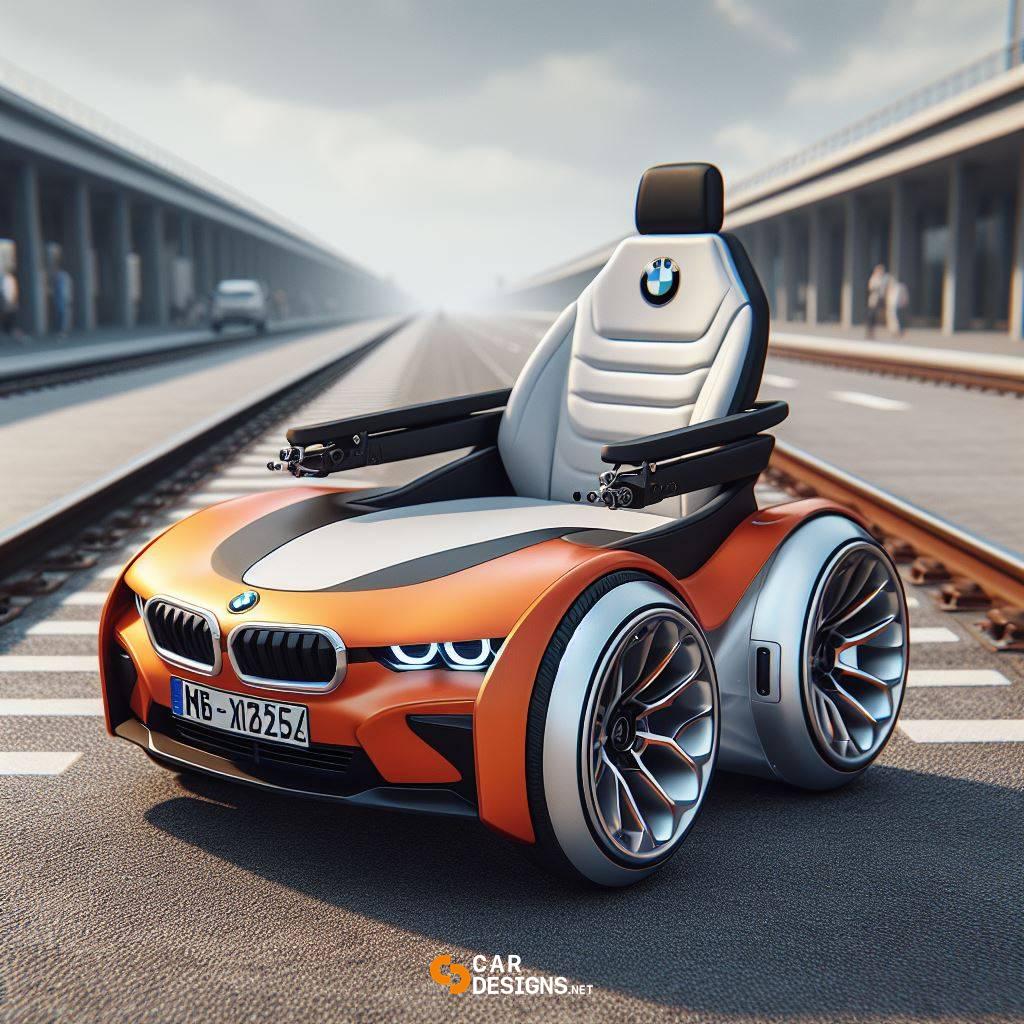
Beyond Functionality: Embracing Style
Gone are the days of bulky, utilitarian wheelchairs. BMW-inspired designs prioritize the user’s aesthetic preferences, offering a range of customization options to personalize the wheelchair’s appearance. From vibrant color palettes to unique upholstery patterns, users can express their individual style and make the wheelchair a true extension of their personality.

Integrating Design with User Needs
The design of these wheelchairs isn’t just about aesthetics; it’s deeply integrated with user needs. Ergonomic considerations ensure comfort, support, and optimal posture. The design of the seating system, for instance, may incorporate features like adjustable backrest angles, lumbar support, and breathable materials to prevent discomfort during prolonged use.

Technological Advancements: Elevating the Mobility Experience
BMW-inspired wheelchairs are not only about aesthetics; they are at the forefront of technological advancements, integrating cutting-edge features that enhance functionality and improve the overall mobility experience.
Advanced Propulsion Systems
Traditional manual wheelchairs rely on the user’s physical strength for propulsion. BMW-inspired models often incorporate innovative propulsion systems, such as electric motors, to assist or even fully power the wheelchair. Electric motors offer greater ease of movement, particularly on inclines or over long distances.
| Feature | Manual Wheelchair | BMW-Inspired Wheelchair |
|---|---|---|
| Propulsion | User-powered, using arm strength | Electric motor-powered, with manual override |
| Effort Required | High effort, especially on inclines | Reduced effort, providing assisted mobility |
| Range | Limited, dependent on user strength and terrain | Extended range, powered by rechargeable battery |
| Versatility | Primarily for flat surfaces | Suitable for diverse terrains, including inclines |
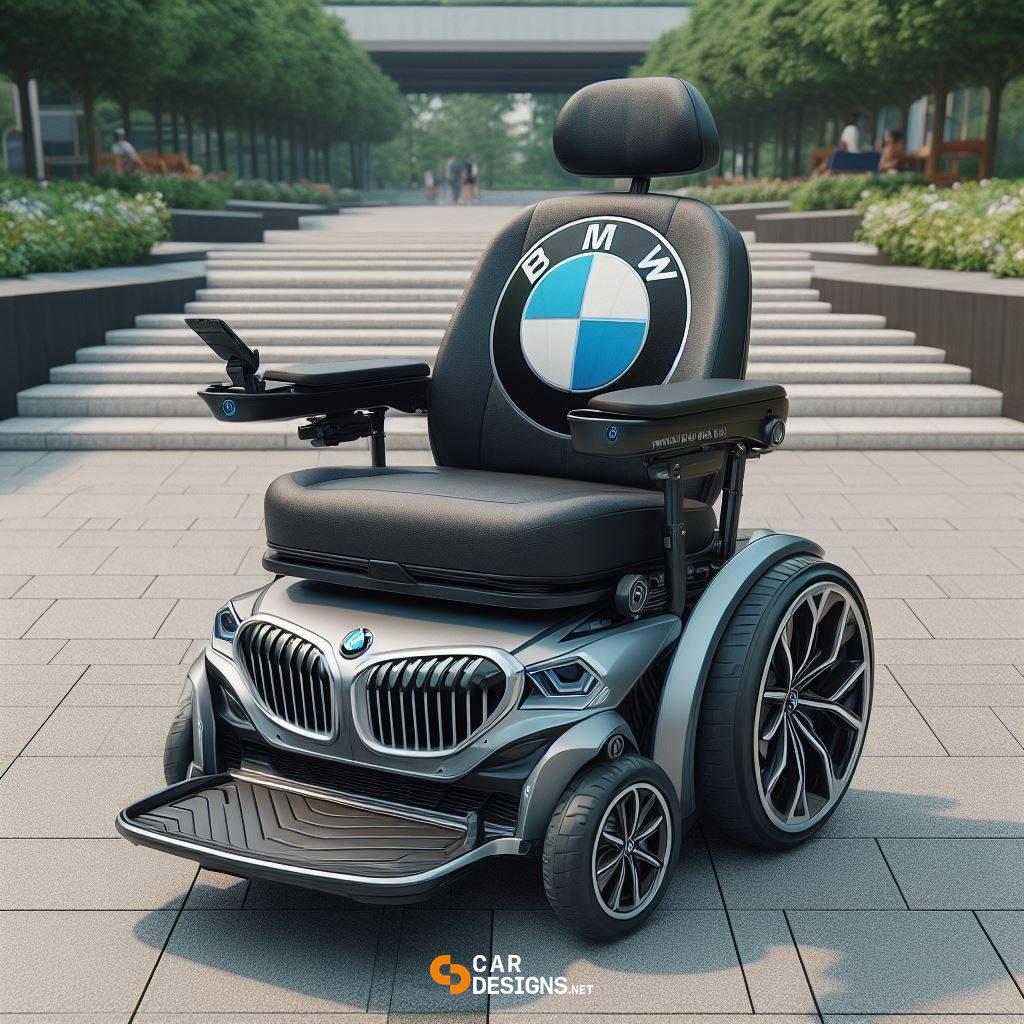
Smart Technology Integration
The integration of smart technology is transforming the way wheelchair users interact with their environment. Features such as GPS navigation, smartphone connectivity, and voice control enhance safety, navigation, and communication.
Safety and Security Features
These wheelchairs often incorporate advanced safety features, such as sensory feedback systems that alert users to potential hazards and automated braking mechanisms to prevent accidents. Some models may even have built-in alarms that notify caregivers or first responders in emergencies.
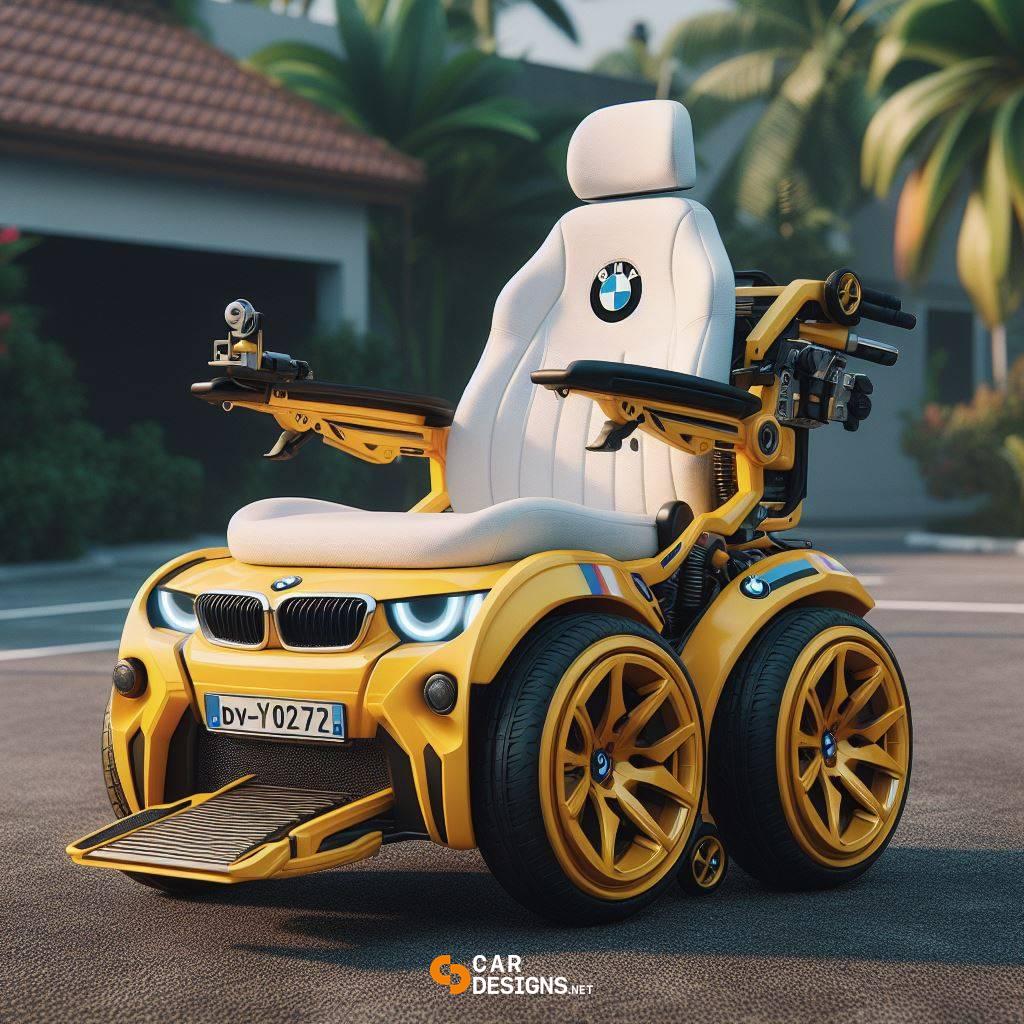
A Revolution in Empowerment
BMW-inspired wheelchairs are not just about mobility; they are about empowerment. They embody a shift in perception, moving away from seeing wheelchairs as medical devices to recognizing them as tools that enhance the quality of life and enable independent living.
Breaking Down Stigmas
The sleek and stylish design of these wheelchairs challenges the traditional stigma associated with disability and promotes greater inclusivity. By incorporating elements of luxury, performance, and style, BMW-inspired wheelchairs help to normalize the use of mobility aids and create a more accepting environment for wheelchair users.
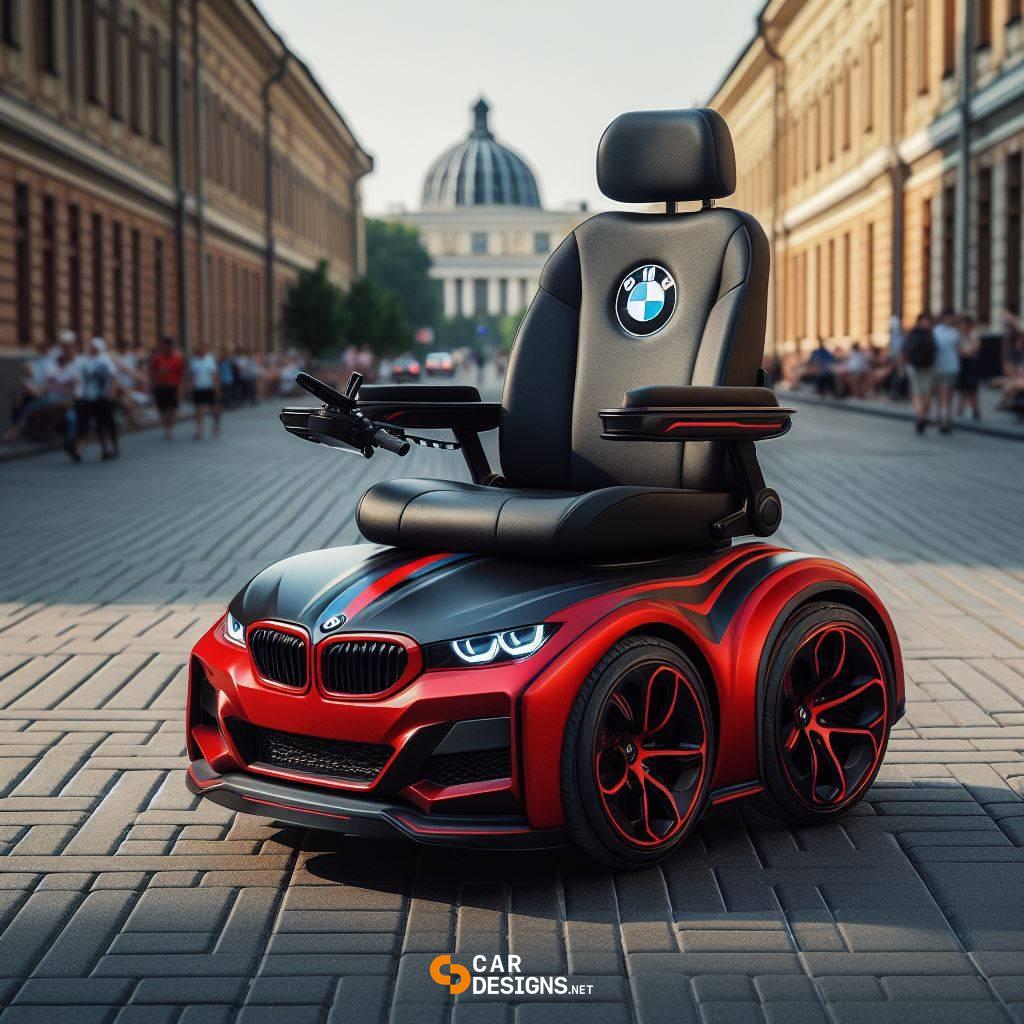
Promoting Independence and Freedom
These wheelchairs not only improve mobility but also empower users by providing greater independence and freedom. The advanced technological features, such as electric propulsion and smart technology, enable individuals to navigate their environment with ease and confidence.
Enhancing Quality of Life
The emphasis on user experience in BMW-inspired wheelchair design translates into a significant improvement in the user’s quality of life. The ergonomic features ensure comfort and support, while the stylish designs promote self-esteem and a sense of well-being.

Beyond the Wheelchair: A Connected Ecosystem
The influence of BMW’s design ethos extends beyond the wheelchair itself; it’s about creating a connected ecosystem that enhances the entire mobility experience.
Accessibility Design and Urban Planning
BMW-inspired wheelchair designs are promoting a greater focus on accessibility in urban planning and infrastructure development. This includes advocating for wider sidewalks, ramps, and accessible public transportation systems, creating a more inclusive environment for wheelchair users.
Integration with Adaptive Mobility Devices
These wheelchairs are designed to be compatible with a wide range of adaptive mobility devices, such as specialized seating systems, adaptive controls, and assistive technologies. This ensures that users can find the right combination of devices to meet their individual needs.
Collaborative Partnerships and Innovation
BMW-inspired wheelchair design is fostering collaboration between automotive companies, wheelchair manufacturers, and technology startups. This cross-industry collaboration is driving innovation and leading to the development of even more advanced and user-centric mobility solutions.
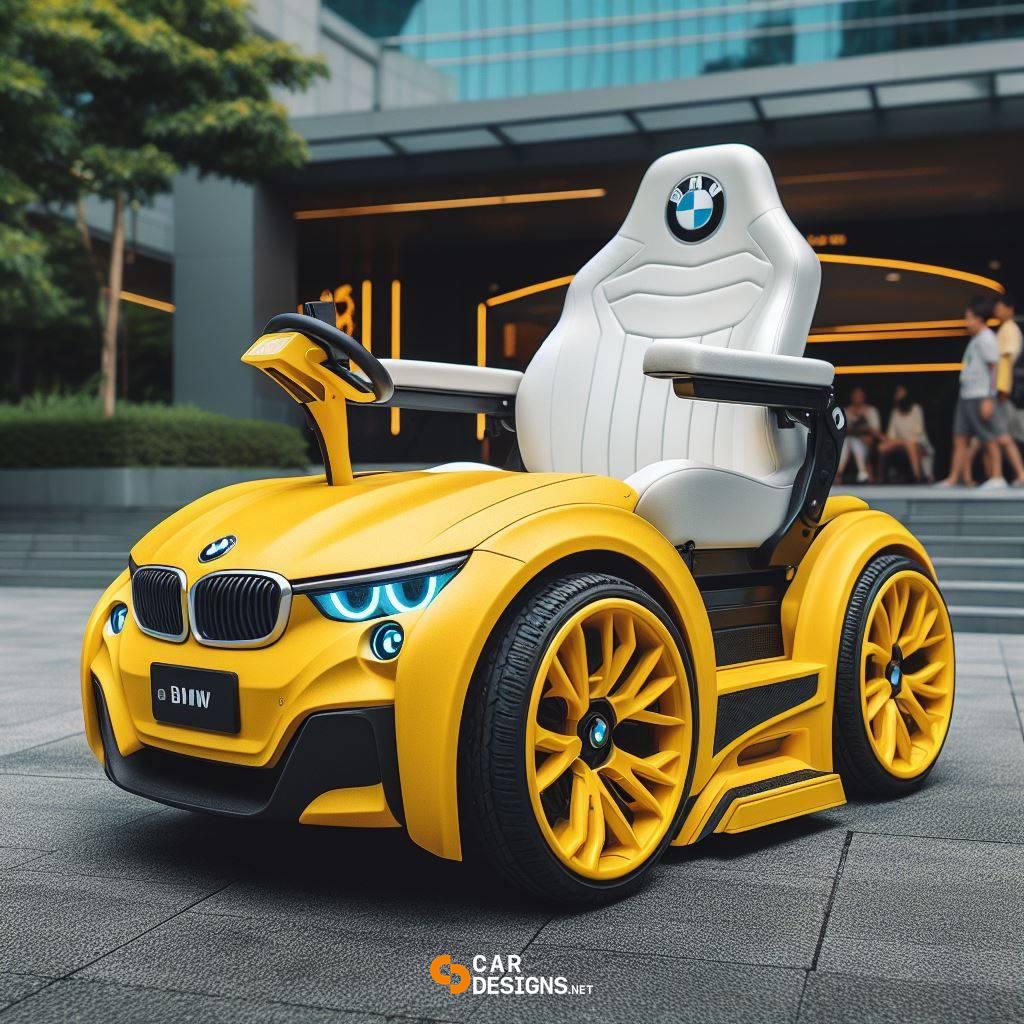
Conclusion: A New Era of Mobility
BMW-inspired wheelchairs represent a paradigm shift in the world of mobility aids. By merging functionality with aesthetics, integrating cutting-edge technology, and prioritizing user empowerment, these wheelchairs are not just about getting around; they are about transforming the way we perceive and experience mobility. As technology continues to advance and design trends evolve, we can expect to see even more innovative and inspiring wheelchair designs that redefine the very meaning of mobility, empowering individuals to live life to the fullest, regardless of their physical limitations.

